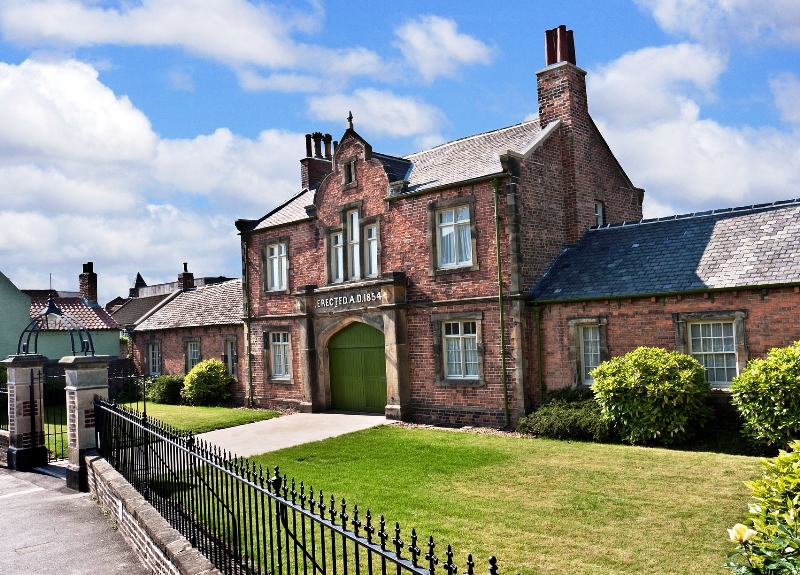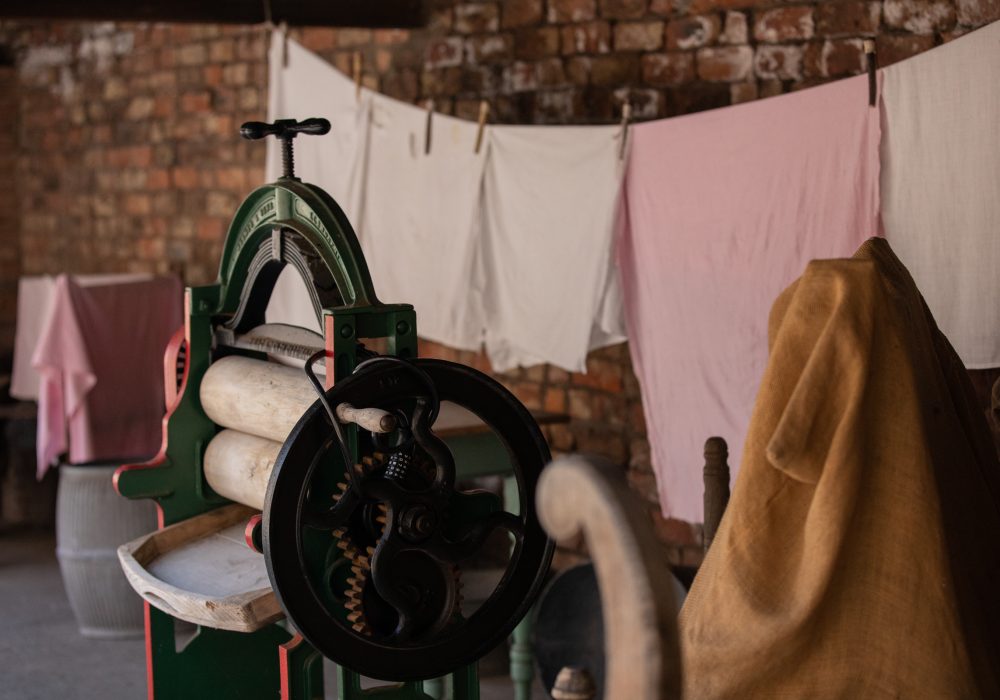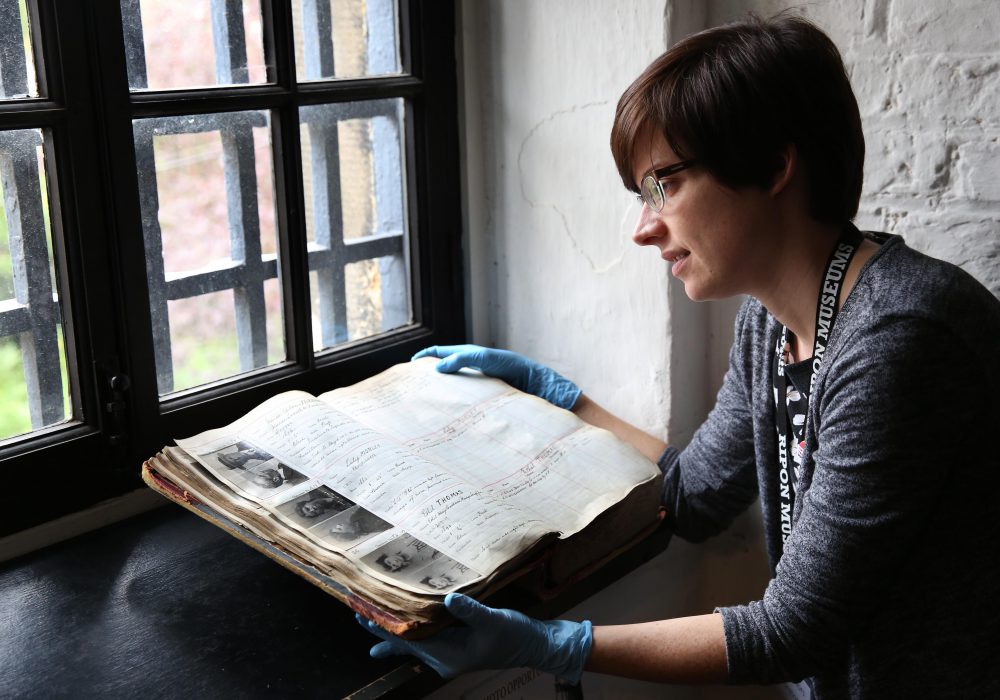-
explore
Address
Workhouse Museum, Allhallowgate, Ripon HG4 1LE -
watch_later
Opening times
The Workhouse Museum & Garden are open daily from:
10am - 4pm
-
confirmation_number
Ticket prices
Book tickets for all museums or just the Workhouse Museum & GardenAll museums
- Adult: £19.00
- Child: £10.50
- Concession: £18.00
- Family & Friends: £38.00
(2 adults and up to 3 children) - Small family: £28.00
(1 adult, 1 child)
Single Ticket
- Adult (16+) £11
- Concession £10.50
- Child (6-15yrs) £7.50
- Child (5yrs and under) FREE
-
hourglass_empty
Visit time
90 minutes -
accessibility
Accessibility
View access info for the museum info
Workhouse Museum
Walk in the footsteps of the Victorian poor
See how people lived, worked and slept in the Workhouse. Explore the stories with family trails, guided tours and drop in activities.

Have you ever wondered what it would be like to be poor in Victorian England? Before the welfare system was introduced, those without the means to support themselves would often end up in the workhouse.
- The Workhouse Museum is mostly on one level with two rooms on the first floor.
- An audio guide is available for visitors.
- Doorways and corridors are wide enough to allow wheelchair and mobility scooter access.
- Access lift available (dimensions: 100cm x 148cm)
- Uneven floors especially for the visually impaired. There are a mixture of surfaces.
- The stone stairs to the first floor are very worn and uneven. Handrail provided.
- Accessible toilets are available on the ground floor in both the Vagrant’s Block and Main Block buildings.
- There is low lighting in some parts of the museum.
- The Workhouse Garden is fully accessible for wheelchair users via a ramp
Visit all three museums
A museum pass gives admission to all three of our museums. Our museum tickets are all valid for 12 months. Ripon Museum Trust is a registered charity and our annual tickets and donations are eligible for Gift Aid.
The Workhouse Museum occupies two buildings in the centre of Ripon.
Your visit starts in the original Gatehouse building, where you can follow an inmate’s journey through the workhouse, from admittance in the Guardian’s Room, through the indignity of the baths and fumigation process, to the cells where vagrants slept.
Then take a look around the Main Block where you can see the Master’s study and dining room, the pantry, classroom and inmates’ dining hall. Outside the building, you’ll find the Master and Matron’s front garden, which was restored in 2018 with authentic planting.
During your visit save some time to look at the original Workhouse Kitchen Garden, located to the rear of the Workhouse Site, this would have been tended by the inmates and been used to feed them and we use 1860s gardening techniques to cultivate heritage crops.
If you’d like to find out more about the history of the workhouse, click the link below.
Unfortunately, the Workhouse Museum does not have a café although you are welcome to enjoy a pic nic on one of the benches in our kitchen garden.

Visiting safely
The health and wellbeing of our visitors is important to us. In response to COVID-19, we have taken additional measures to ensure the safety and wellbeing of all our staff, volunteers and visitors and have received ‘We’re Good to Go’ accreditation from VisitEngland.

“This is a brilliant museum. We popped in and thought it might be an hour visit and spent over two. Fascinating social history and great for all the family.”

Tell us what you thought on Tripadvisor, Facebook or contact us to let us know
Sign up to our newsletter
Stay up-to-date with the latest news and events from Ripon Museums by signing up to our monthly email newsletter.
Did you know...
Our building housed vagrants or tramps for two nights at a time; they could not return for 30 days.
We grow vegetables and fruit varieties which could have been found here in 1890.
Vagrants were still housed here in the 1960s; many local people still remember them sitting on the wall outside waiting to be let in.

